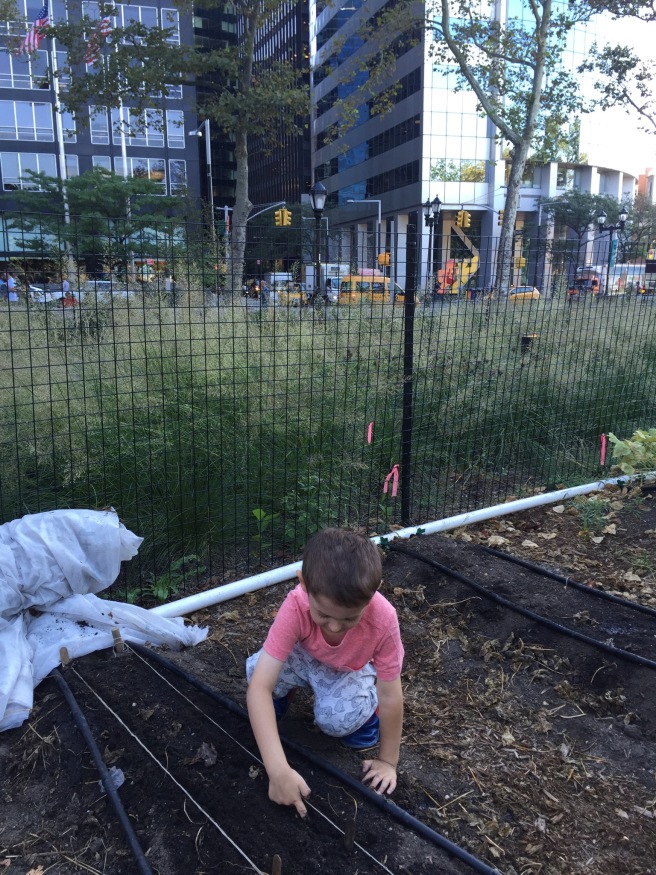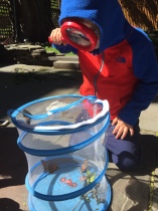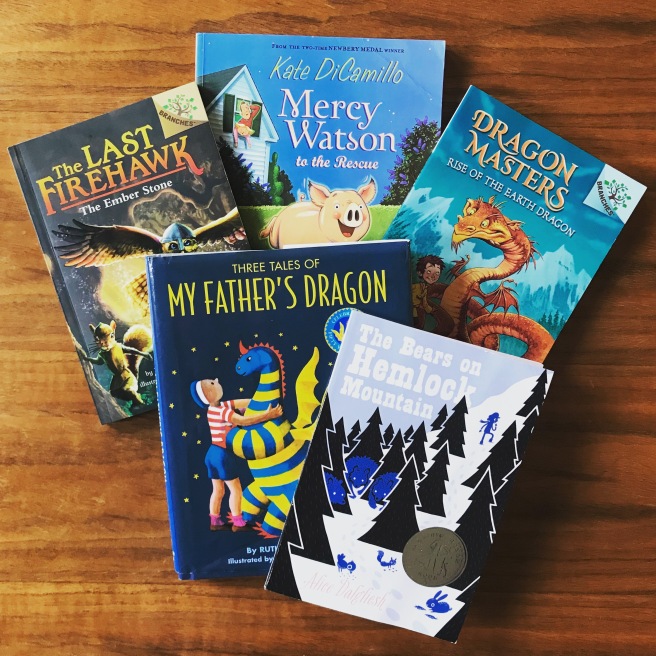Right after I get the socialization question, this is ALWAYS people’s next question. Usually they ask with a kind of horrified look on their face as they silently motion to my three year old. My short answer is, Ummm…easily. That’s never enough though. Here’s a closer look at what learning looks like in our home with two kids of different ages (5 and 3.5)
I think before you can begin to picture this you first have to acknowledge and accept that homeschooling looks NOTHING like school. As a former teacher, this was difficult for me! I don’t think many homeschoolers are sitting down at the table for 6 hours a day breaking only for lunch and recess. Also, what took me say, a month, to teach a room full of 1st graders often takes about 5 minutes to teach my one son.
Almost everything happening at home counts as “school.” We don’t have to wait for math time to “do” math. We measure and count while making breakfast, lunch or dinner. We can leave a note on the fridge for dad and learn a new phonogram while we do so. We can read a new recipe. We can write a shopping list. We can count the dirty socks as we throw them in the laundry. I could go on and on. But in short, learning is all around us, happening all the time.
Most things we do in our homeschool we do together. I’ve posted before about our morning basket. My kids go to forest school and our Wild + Free playgroup together. Any “field trips” we take, we take together. I read aloud to them together, except for bedtime.
I do present lessons to my kids individually. We use a Montessori approach in our “school work” so I present new materials or teach new concepts to each of my kids. I do this when the other child is either engaged in independent work or play. These lessons and presentations are very short but we have also talked a lot about not interrupting and respecting each others work. They often will watch each other have a lesson but know not to interrupt. Since the lessons are short, this is not hard even for a very young child. Lillian has surprised me many times by showing me that she has already learned something that I previously presented to Ethan.
Maria Montessori also refers to the prepared environment as the third teacher. Our home is carefully prepared to support our kid’s states of development. Our kitchen is completely accessible for the kids to prepare their own snack or cook a meal independently (I obviously supervise them when using a stove, oven, etc).
Their clothing storage and toy storage is also set up for them to access and take care of independently. Their learning materials are carefully organized, rotated and presented on shelves in our playroom. Learning is really seamless this way. They can work independently and uninterrupted by me; free to try, struggle and succeed.
Also, it’s important to note that since Ethan is older, he is a natural teacher for Lillian. She learns so much just from watching him. And she is always, always watching. Peter Gray, author of Free to Learn who has studied the value of mixed age learning and play wrote:
“If we want to capitalize on children’s and adolescents’ natural, playful ways of learning, we must find ways to break down the barriers we have erected to keep young people of different ages apart. Age segregation deprives them not only of fun, but also of the opportunity to use fully their most powerful natural tools for learning.”
Lillian just naturally knows that Ethan is older and that he is a valuable source of information for her. She knows it’s important for her to pay attention to what he’s doing without me ever having told her to do so. This is a natural borne drive.
In short, teaching kids at home of different ages is not only possible, it’s awesome! They learn independently through their own work and play and also from individual direct lessons from me.
They learn from each other by playing together, watching each other play or work, listening to the same books read aloud by me or Audible or working on a shared project together.
We all learn together when we take field trips together or choose to learn about the same topic (something that happens often). They are both currently loving learning about rocks and soil.
To the shock and surprise of this former teacher, teaching different aged kids is very natural and organic.




















































